Why Every Nonprofit Needs a Windfall Policy
A couple of my clients recently received large, unexpected, unrestricted gifts—wonderful news by any measure. But in both cases, there was no “windfall policy” in place to guide decisions on how to use the funds. Without a plan, the conversation quickly split: some board members wanted to spend the entire gift immediately on urgent needs, while others advocated for investing a portion for long-term impact. The absence of a clear, pre-agreed policy created tension and delayed action.
This is exactly why nonprofits should have a windfall policy—a written framework that determines how to handle large, unexpected, unrestricted gifts. While unrestricted dollars offer maximum flexibility, they also present a risk: without guardrails, the temptation to spend them entirely in the present can overshadow opportunities for sustainable growth.
A windfall policy outlines how your organization will allocate significant, unexpected, and unrestricted funds when they arrive. It isn’t about restricting donor intent—by definition, these gifts have no donor restrictions—but about exercising organizational discipline. A good policy provides a decision-making framework so that the excitement of the moment doesn’t lead to choices that undermine long-term goals.
For example, a policy might state that any unexpected unrestricted gift over a certain threshold (say $100,000) will be allocated:
50% to immediate strategic priorities (program expansion, debt reduction, or capital needs)
50% to endowment or board-designated reserves for long-term sustainability
By defining the “rules” in advance, the board can make quicker, more consistent decisions and avoid emotionally charged debates.
The strongest argument for a windfall policy is the opportunity to build endowment. Every nonprofit faces the constant pressure of annual fundraising to cover operations. Endowment income—investment earnings from funds held in perpetuity—provides a steady, predictable source of revenue that can support operations or special initiatives year after year.
When you direct even a fraction of each unexpected gift to the endowment, the long-term benefit compounds dramatically. Consider this: if a nonprofit received just one $500,000 unrestricted windfall every five years and allocated half to endowment, after 20 years, the invested portion could easily generate $75,000+ annually in perpetuity (assuming conservative returns). That’s like adding a reliable major donor for life—without additional fundraising effort.
Some leaders push back on setting aside funds, arguing that urgent needs can’t wait. That’s why a windfall policy should aim for balance, not rigidity. Allocating part of the gift to today’s mission and part to tomorrow’s stability allows you to meet pressing priorities while still planting seeds for the future.
Over decades, this discipline can transform an organization’s financial footing. Endowment earnings can underwrite salaries, programs, and innovation even in lean fundraising years. That stability, in turn, strengthens donor confidence—because supporters know their gifts are building something lasting.
If your nonprofit doesn’t have a windfall policy, now is the time to create one. Involve your finance committee, development team, and board. Define what counts as a “windfall,” determine the allocation percentages, and document the process for approving and implementing the policy.
The next time an unexpected unrestricted gift arrives, you’ll be ready to make a decision that benefits both your mission today and your impact decades from now. Without a policy, the temptation to spend it all in the moment is strong. With a policy, you ensure that every surprise gift leaves a legacy.


